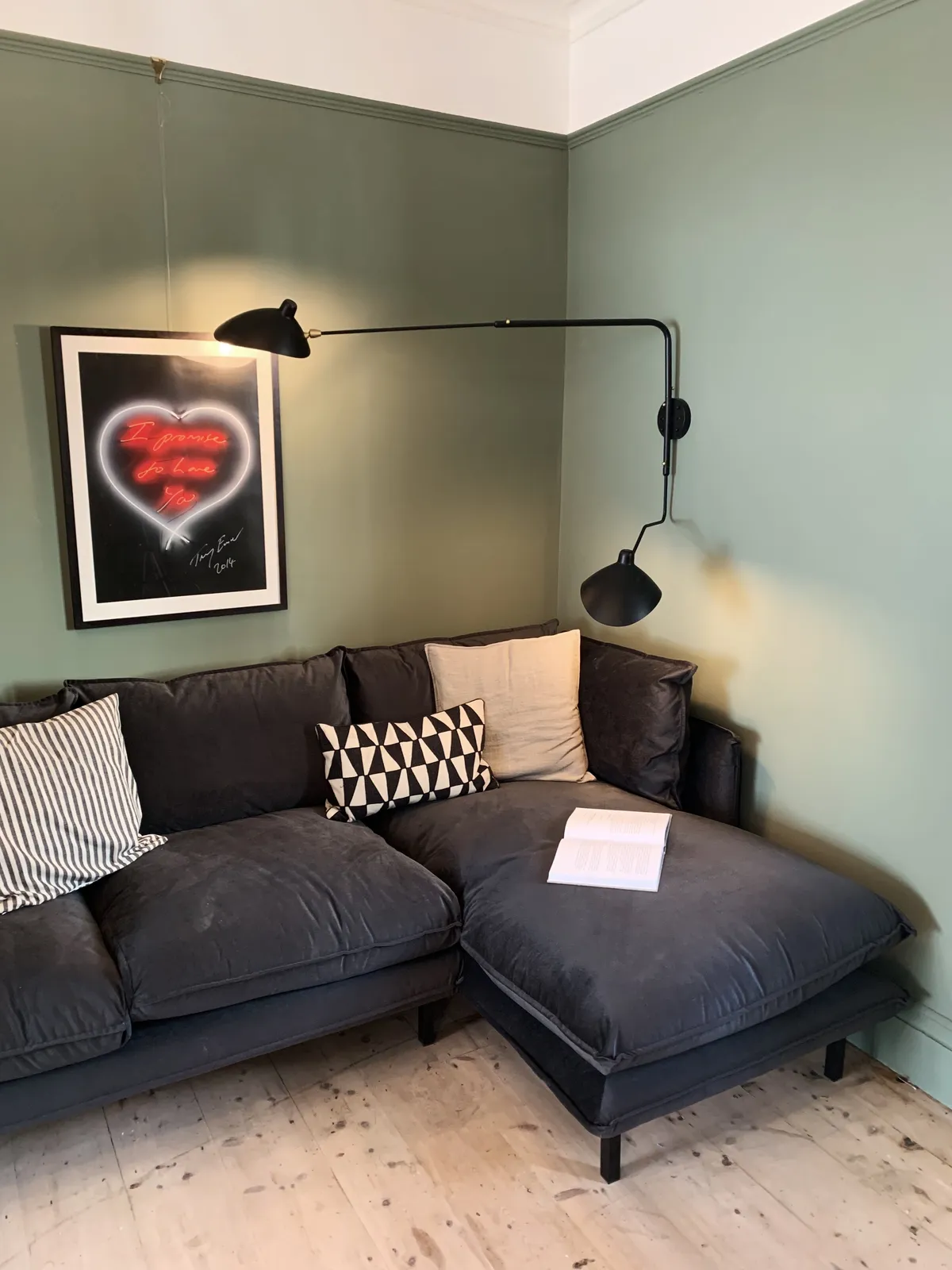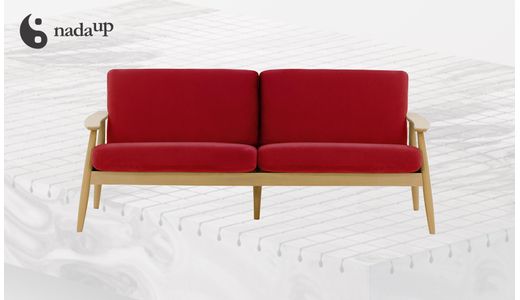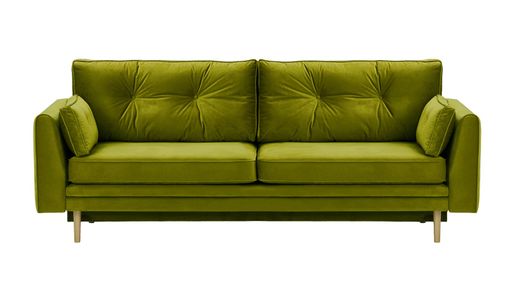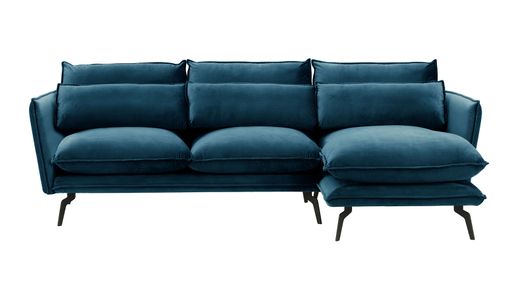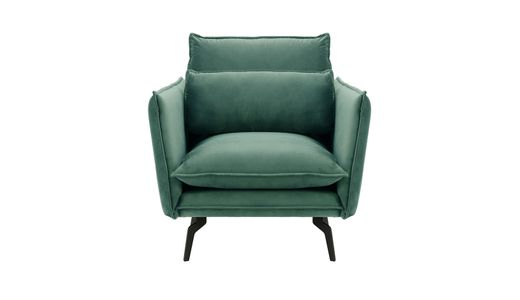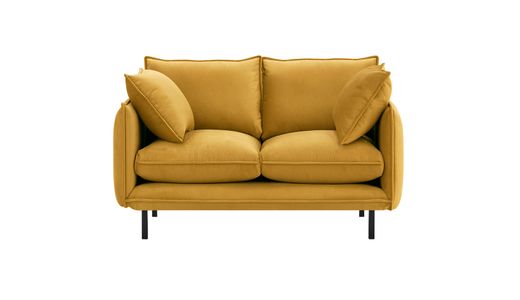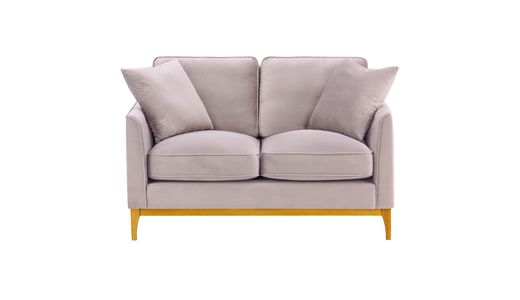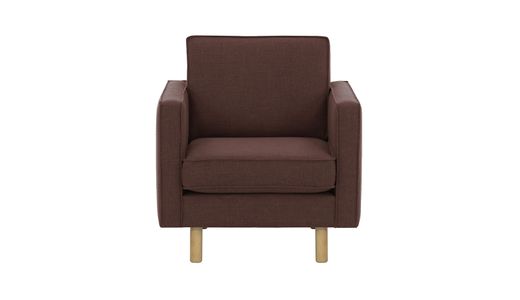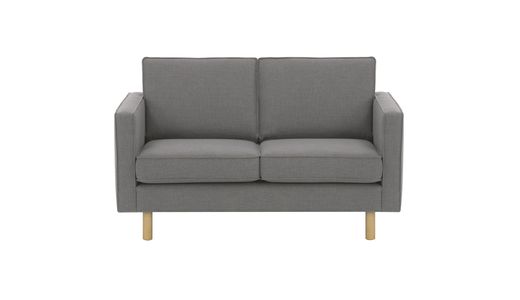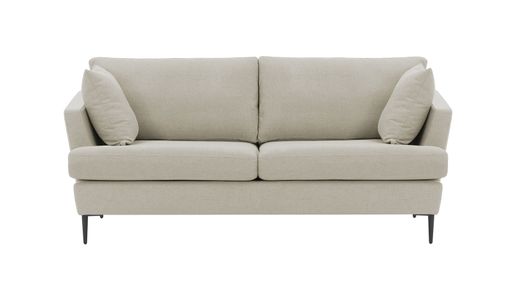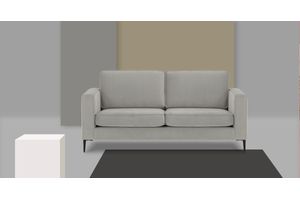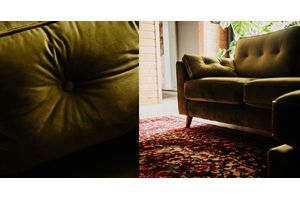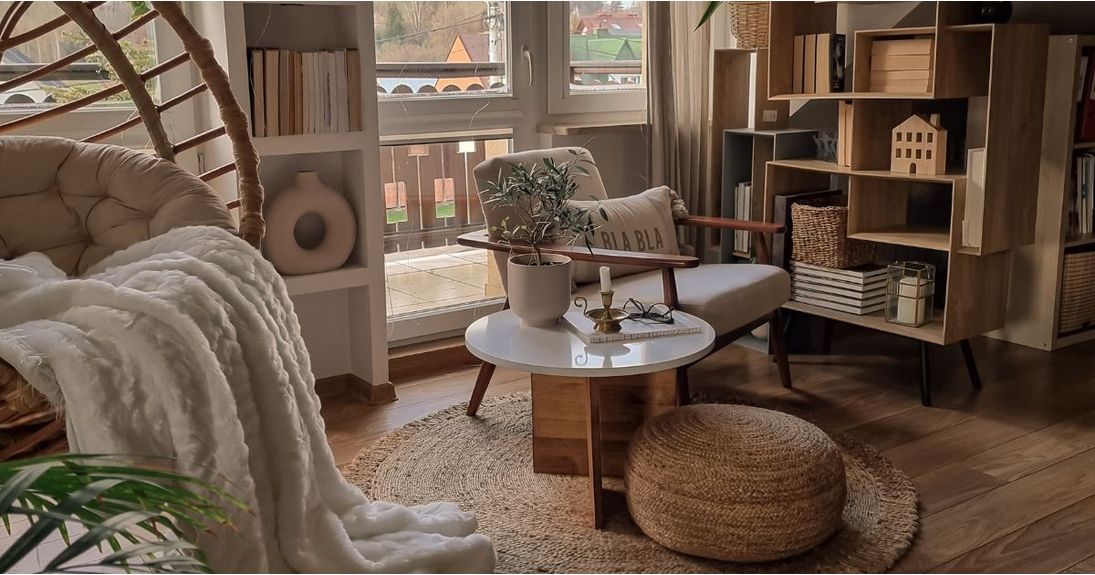
5 principles of hygge interior design
The hygge style, which originated in Scandinavian countries, has inspired interior design enthusiasts around the world for years. Its philosophy is based on creating a space that is not only aesthetically delightful, but above all brings calm, warmth and comfort. The key to achieving hygge is the harmony between functionality and cosiness. The style allows you to enjoy simple moments spent in a homely environment. Here are five principles to help you bring a Scandinavian feel to your home.
Minimalism and functionality
The basis of Scandinavian design is minimalism. Interiors decorated in this style are characterised by simple forms and a limited number of accessories. However, this does not mean austerity - quite the contrary. Each element should be well thought-out, have a specific function and be in harmony with the whole. When choosing furniture, opt for simple lines and neutral colours such as white, grey or beige. Instead of heavy and massive structures, choose light and ergonomic forms that will be conducive to everyday use. An ideal choice would be the Nimbus 2 Seater Sofa, which combines style, elegance and classics. Its well-shaped seat and backrest provide comfort, while the subtle metal legs add lightness to the interior. The Nimbus sofa fits perfectly into both classic and modern settings, and its rich colour scheme allows it to fit seamlessly into any interior.
An important aspect of the hygge style is functionality. Every element of the interior should be practical and make everyday life easier. Instead of decorations that collect dust, it is worth opting for objects that combine aesthetics with utility, such as handmade storage baskets, lamps with an interesting form or sets of ceramic dishes. This keeps the space tidy and cosy at the same time.
Natural materials and colours
Natural materials are of great importance in the hygge style. Wood, linen, wool, stone and ceramics are key elements that give the interiors character. Wooden floors and furniture in natural tones are an integral part of Scandinavian design. It is important that the finish of the materials is matt or satin, which emphasises their authenticity and warmth. It is also worth choosing accessories that enrich the space with texture, such as linen curtains or woven rugs.
Colours in the hygge style refer to the colours of nature - earth, sand, stone and water tones are predominant in this type of arrangement. Adding pastel colours, such as powder pink, mint or soft blue, can add subtlety and lightness. Such a colour scheme promotes relaxation and balance, which is important in the hygge philosophy. It is important to avoid bright and aggressive colours, which can disrupt the harmony of the interior.
Play of light
Lighting plays a key role in the hygge style. In Scandinavian countries, where the days are short in winter, light is not only practical, but also creates atmosphere. Natural light sources are the basis - large windows without heavy curtains or drapes allow the maximum amount of daylight into the interior. This optically enlarges the space and makes the interior appear more spacious.
In the evening, artificial light plays an equally important role. Table, floor and pendant lamps in warm colours help to create a cosy atmosphere. Candles and lanterns are also ideal for adding a touch of romance and relaxation. Placed on windowsills, tables or chests of drawers, they become not only a source of light, but also a decoration. Candles with the scents of cinnamon, vanilla or sandalwood will further enhance the cosy atmosphere.
Cozy textiles and accessories
Textiles are an integral part of the hygge style. Soft blankets, fluffy cushions and thick carpets are items that add warmth and cosiness to an interior. Ideally, they should be made from natural materials such as wool, cotton or linen. It is important that textiles are not only aesthetically pleasing, but also functional - for example, plaids that can be thrown over the sofa, but also used during cooler evenings. The Amelia Sofa Bed with Storage fits perfectly into this concept. Its geometric shape, inspired by the Scandinavian style, blends in well with a variety of interiors. With a sleeping function and a bedding container, the Amelia sofa is not only beautiful, but also a practical solution for those who value functionality.
Accessories in the hygge style are primarily objects that have meaning for us. These can be family heirlooms, handicrafts or photographs. It is important that the interior reflects your personality and makes you feel good. It is also worth betting on potted plants, which bring life and freshness to the interior. Large monstera, ferns or succulents will perfectly complement the arrangement and give it character.

Zones for relaxation and spending time together
The hygge style is also a philosophy of life that encourages spending time with loved ones. The interior should be conducive to relaxation and relationship building. Create a relaxation area in your home with comfortable armchairs, a soft sofa and a low table on which to place your favourite books or tea. Such a space will become a place conducive to shared conversations and moments of relaxation.
Don't forget a place to enjoy meals together. A wooden table, comfortable chairs and atmospheric lighting will make every meal a special ritual. The hygge style is also conducive to celebrating simple pleasures such as an evening with board games, a movie or baking cakes together. It is important that the space is designed in such a way that everyone in the household feels comfortable and at ease.
Summary
The hygge style is not only a way of interior design, but also a philosophy of life. It combines aesthetics, functionality and cosiness to create a space you want to be in. Introducing Scandinavian design into your home does not require a lot of money - a few thoughtful changes are all it takes to feel the magic of hygge on a daily basis. Be inspired by this style and create an interior that is conducive to relaxation and building relationships with loved ones.
